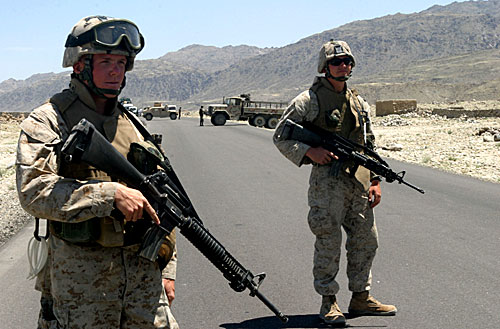Computer analysis predicted rises, ebbs in Afghanistan violence
July 24, 2012
Researchers at Bitly Inc. have used WikiLeaks data from incident reports to predict which which areas of Afghanistan would experience more violence in 2010 and which would have less, and how much the level of violence went up or down, the Los Angeles Times reports.
The project is part of a growing movement to understand and predict episodes of political and military conflict using automated computational techniques.
The availability of huge amounts of data combined with steady increases in computing power has prompted experts to bring the rigor of objective quantitative analysis to realms that were once considered fundamentally subjective, including literature and the study of social groups.
“The model we employed is both complex and simple,” said Guido Sanguinetti, an expert in computational sciences at the University of Edinburgh in Scotland and the study’s senior author. “It doesn’t take in any knowledge of military operations or political events, and it treats all types of violence exactly the same, whether it’s a stop-and-search or a big battle.”
Even with these ostensibly key details missing, the researchers found that they could predict 2010’s events with striking accuracy.
And the model wasn’t tripped up by Obama’s decision to send 30,000 additional troops, which introduced a new dimension to the Afghanistan conflict.
Quantitative rigor is making its way into some surprising fields of study. In 2010, just a few months after the WikiLeaks data dump, Google released a database of every single word contained in thousands of books published between 1800 and 2000 — about 4% of all books ever printed. That has enabled some intrepid researchers to close in on the final frontier: Studying literature with advanced math.
